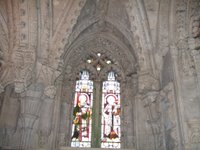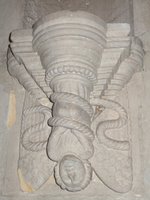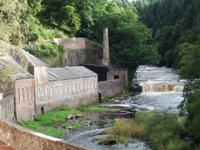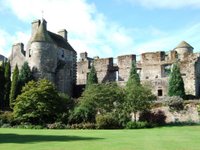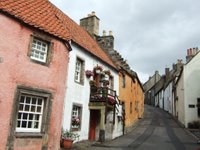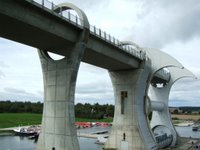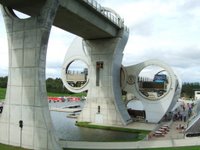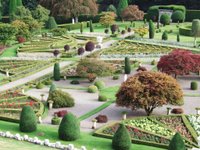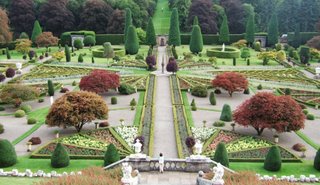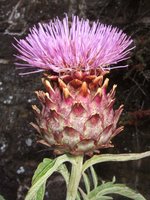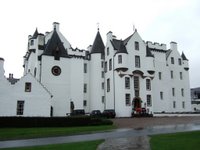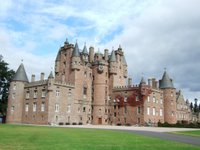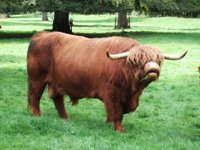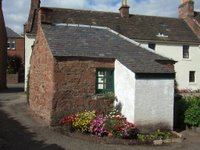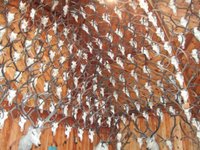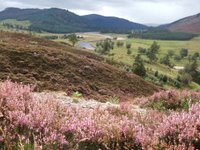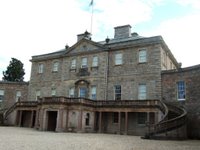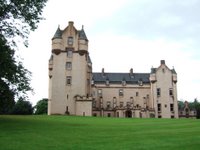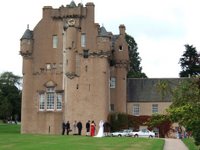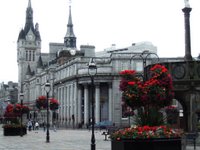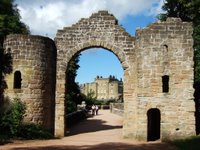 Our holiday was literally ending on a high. A big high was situated over the whole of the UK, and the forecast was for perfect weather for the whole country until Sunday.
Our holiday was literally ending on a high. A big high was situated over the whole of the UK, and the forecast was for perfect weather for the whole country until Sunday.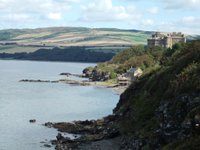 We followed a coastal road to Culzean Castle. This was a fortress castle on the sea cliff edge and was converted, into an imposing “grand house” by Robert Adam in the 17th century. His beautiful interiors were then modified in the 19th century. The result is an imposing, graceful castle in a very dramatic location. We spent most of the day enjoying the gardens and walking along a cliff-top path.
We followed a coastal road to Culzean Castle. This was a fortress castle on the sea cliff edge and was converted, into an imposing “grand house” by Robert Adam in the 17th century. His beautiful interiors were then modified in the 19th century. The result is an imposing, graceful castle in a very dramatic location. We spent most of the day enjoying the gardens and walking along a cliff-top path. We then drove inland to a small loch. Like many of the lochs in Scotland, Loch Doon is now part of a hydro-electricity scheme. When the damn was built in the 1930s, they relocated the castle on its shore to higher ground.
We then drove inland to a small loch. Like many of the lochs in Scotland, Loch Doon is now part of a hydro-electricity scheme. When the damn was built in the 1930s, they relocated the castle on its shore to higher ground.Around the area were relics of a WWI target practice range for aircraft. The Ministry of Defense spent a shed load of money on this project only to mothball it, unused, when they found that the weather prevented flying on most days of the year. Doh! Surely that would be question number one?
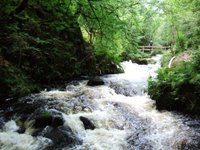 Starting at the dam outfall was a walk along a gorge, Ness Glen. This loop track was very picturesque, and reminded us of NZ, especially the return path alongside the river. The rapids through the gorge are either grade 3 or 4, depending on the weather and water flow conditions.
Starting at the dam outfall was a walk along a gorge, Ness Glen. This loop track was very picturesque, and reminded us of NZ, especially the return path alongside the river. The rapids through the gorge are either grade 3 or 4, depending on the weather and water flow conditions.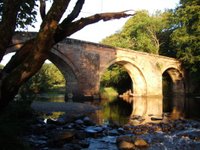 We then drove back to Kilmarnock, looking out for a picturesque pub to eat at. This is not as easy in this part of Scotland as it is in England, but we were fortunate and came across the Stair Inn: the perfect solution for our high expectations.
We then drove back to Kilmarnock, looking out for a picturesque pub to eat at. This is not as easy in this part of Scotland as it is in England, but we were fortunate and came across the Stair Inn: the perfect solution for our high expectations.

